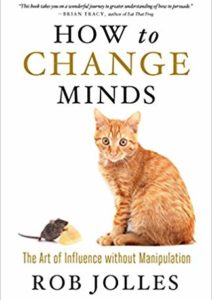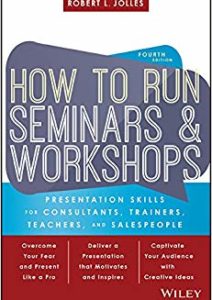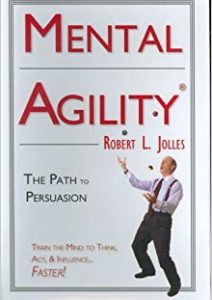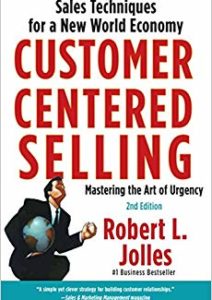Two Techniques to Master the Art of the Sales Spiel
Typically, we talk too much, we listen too little, and we tend to overwhelm others with our vast array of knowledge. That’s neither persuasive nor pleasant.
It’s not a secret that I’m not a fan of product pitches. We’re led to believe that, by mastering our ability to pitch ideas, we are somehow more persuasive. That’s just not true, but that’s not to say we never have to present ideas and solutions. At some point, we do need to talk, we do need others to listen, and we do need to display some of our vast array of knowledge. In other words, at
some point, we are going to have to deliver our spiel.
For those of you who don’t speak Yiddish, spiel, (pronounced SHpēl,) is defined by Webster’s dictionary as follows:
a fast speech that someone has often said before and that is usually intended to persuade people to buy something, agree to something, etc.
I’m not sure how fast the speech has to be, but if we are going to deliver a speech designed to persuade, can we at least agree on doing it the right way? You see, there is an “Art to the Spiel,” and it requires you to keep two things in mind:
- You must fully understand how your talk will be addressing a specific need an individual has. There’s only one way to find that out: You need to ask questions and listen to the answers. Rather than wasting your time going on and on about an assortment of things that aren’t important to the other person, focus on the solution or specific value that the person is looking for.
- You must use the other person’s words to connect to your spiel. That’s one of the many reasons why it pays to take notes. The best words to use are the very words that come directly out of his or her mouth.
Let’s look at an example. Maybe your spiel is about how great coffee is. It would be easy to say something like this:
“Coffee is a wonderful product. I like the smell of it, the ritual of it, the taste of it, the effects it has on me, and the various kinds of coffee available. I like strong coffee but others like it weaker. Some put various sweeteners in their cups of coffee, while others like to add cream. Me? I like a latte. But this much I know: If you want to drink something amazing, make it coffee!”
Now, let’s sharpen that spiel. Let’s pretend that you decided to ask some questions, and you heard that the person isn’t fond of the “taste of coffee.” The person did mention that he occasionally starts “dragging a bit in the afternoon at work.” Your spiel could sound something like this:
“I’m quite confident you’ll love the coffee I’m suggesting here; one of best features of this brand is its taste… which you said was important to you. What’s more, with a nice cup of coffee with that burst of caffeine, you won’t have to worry about that dragging feeling in the afternoon. How does that sound to you?”
If you need to, feel free to add proof sources or other data to your spiel, but that decision should be based on the personality of the person you are speaking to; not your personality or personal preference.
I hope you don’t fall into the trap of believing that the more you talk, the more persuasive you will be. In fact, the polar opposite is true. Of course, there is a time and a place to step forward, take the reins, and persuade through the knowledge you have acquired. When you do, please just remember this; there’s an Art to the Spiel!

















Comments